
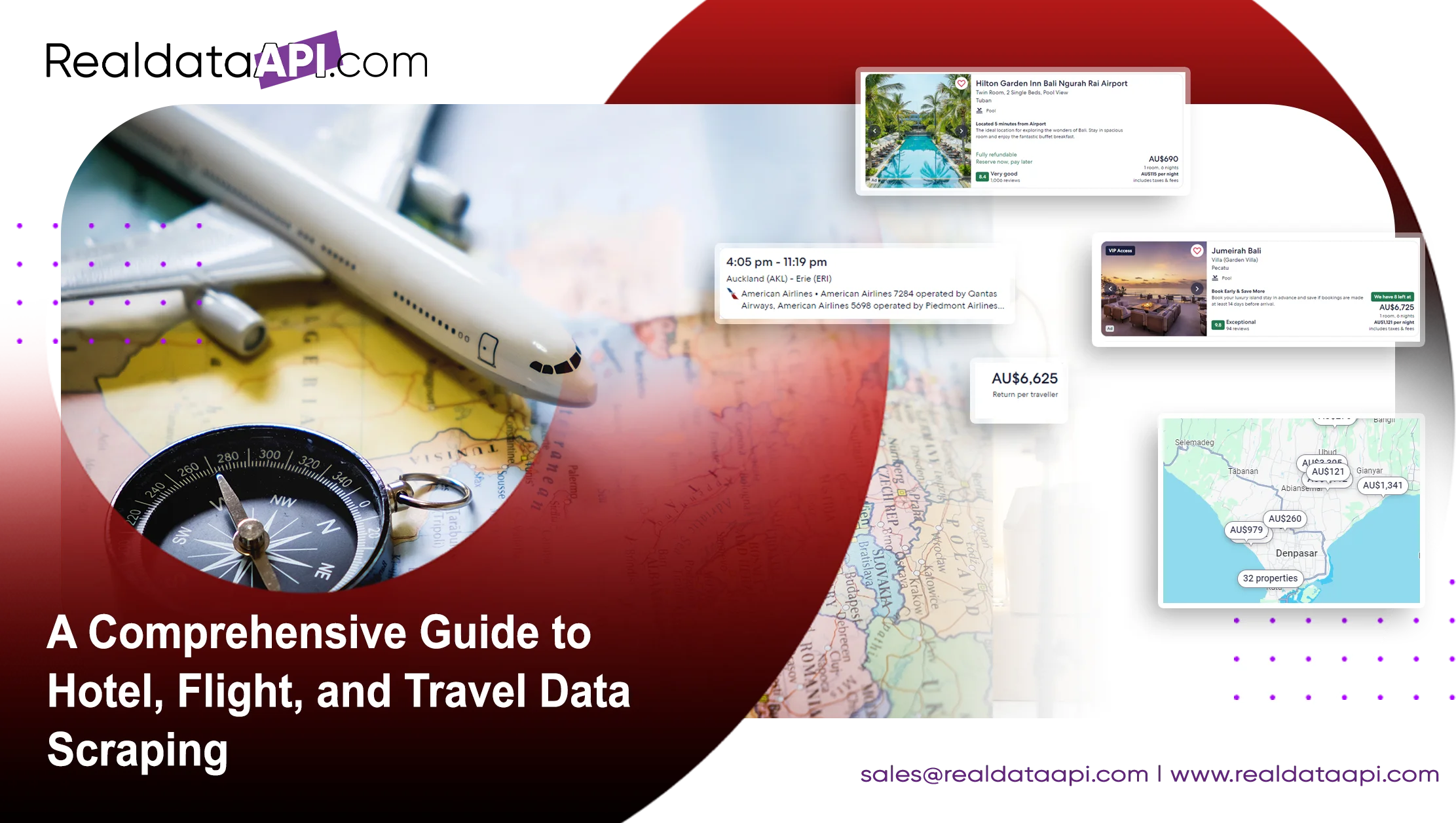
Introduction
In the realm of travel and hospitality, data plays a pivotal role in shaping business strategies and enhancing customer experiences. Hotel, flight, and travel data scraping has emerged as a critical tool for companies seeking to gain a competitive edge in this fast-paced industry. By leveraging web scraping techniques, businesses can collect vast amounts of data on hotel bookings, flight schedules, travel trends, and more. This comprehensive guide will delve into the intricacies of web scraping hotel, flight, and travel data, exploring the methods, tools, and best practices involved in effective hotel, flight, and travel data collections.
Understanding Hotel, Flight, and Travel Data Scraping
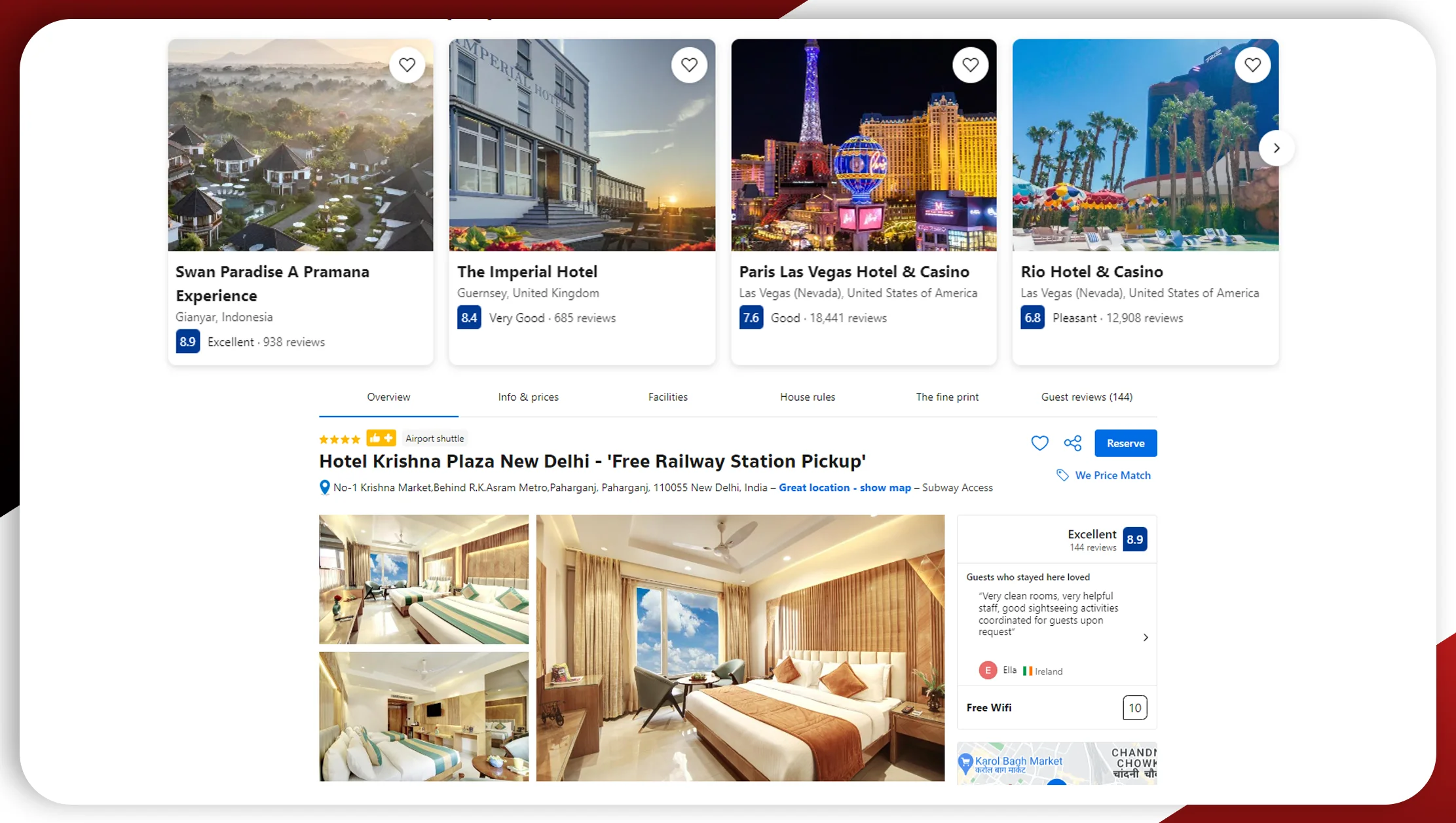
Hotel, flight, and travel data scraping is a crucial process in the travel and hospitality industry that involves extracting valuable information from various online sources. This practice allows businesses to gather comprehensive datasets, which are essential for market analysis, competitive benchmarking, and trend forecasting.
Extracting hotel, flight, and travel data typically involves using automated tools to collect information such as hotel rates, flight schedules, availability, and customer reviews. This data can be sourced from travel booking sites, airline websites, hotel chains, and travel aggregators. By scraping hotel, flight, and travel data, businesses can access real-time information that helps in making informed decisions.
To effectively extract hotel, flight, and travel data, businesses use specialized web scraping tools and techniques. These include using Python libraries like BeautifulSoup and Scrapy, which are adept at parsing HTML content and handling static web pages. For dynamic sites that load content with JavaScript, tools like Selenium or Puppeteer are employed to interact with the web page and capture the required data.
The hotel, flight, and travel datasets obtained through scraping can be used for a variety of purposes. This includes tracking price changes, analyzing customer sentiment, and identifying emerging travel trends. Additionally, this data can support dynamic pricing strategies and personalized travel recommendations.
Understanding the nuances of extracting hotel, flight, and travel data and leveraging it effectively can provide a competitive advantage in a rapidly evolving industry.
Why Scrape Hotel, Flight, and Travel Data?
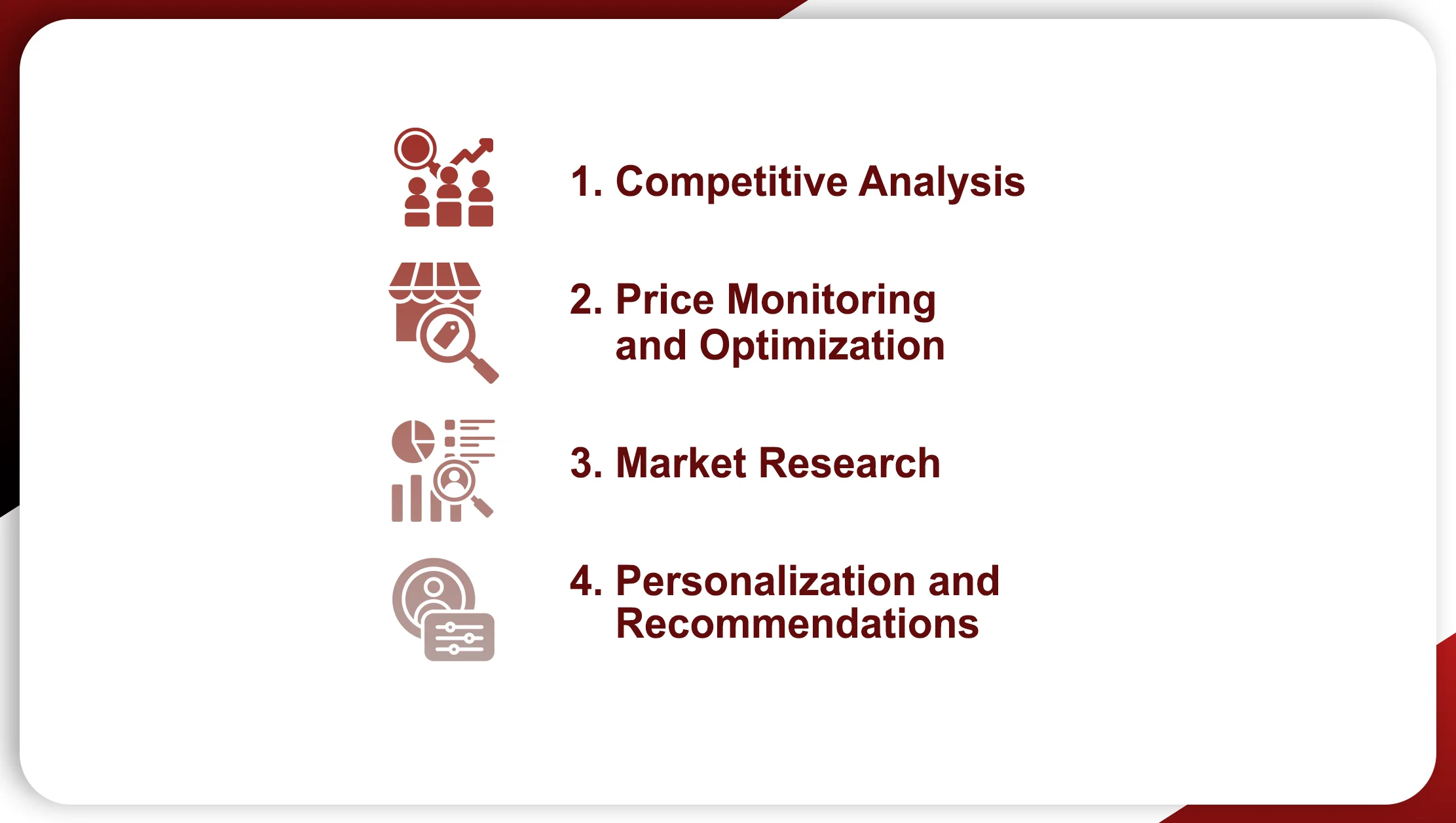
1. Competitive Analysis
By scraping data from competitors' websites, businesses can monitor their pricing strategies, booking availability, and customer reviews. This information helps in benchmarking performance and identifying areas for improvement.
2. Price Monitoring and Optimization
Travel companies and booking platforms use scraped data to track price fluctuations for flights and hotels. This enables them to adjust their pricing strategies dynamically and offer competitive rates.
3. Market Research
Understanding market trends and consumer preferences is crucial for strategic planning. Hotel, flight, and travel data collections provide insights into popular destinations, peak travel times, and customer behavior.
4. Personalization and Recommendations
Scraped data can be used to personalize travel recommendations for customers based on their preferences and past behavior, enhancing their overall experience.
Tools and Technologies for Scraping Hotel, Flight, and Travel Data
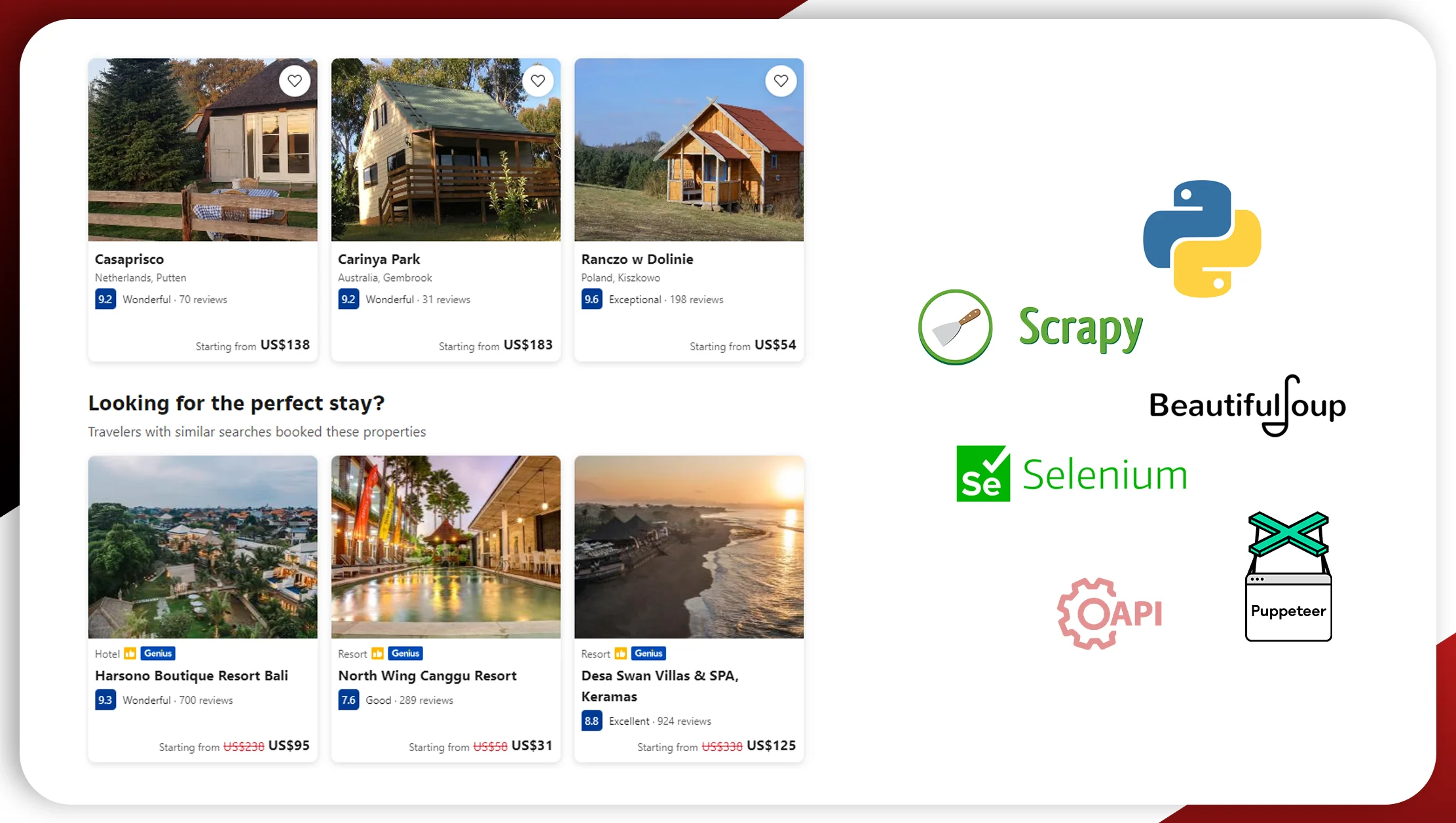
To effectively scrape hotel, flight, and travel data, you need the right tools and technologies. Here are some commonly used tools and libraries:
1. BeautifulSoup
BeautifulSoup is a Python library that simplifies the process of parsing HTML and XML documents. It's ideal for extracting data from static web pages and is widely used for scraping.
2. Scrapy
Scrapy is an open-source web crawling framework for Python. It provides powerful features for building crawlers and extracting data from websites. Scrapy is suitable for large-scale scraping projects and can handle both static and dynamic content.
3. Selenium
Selenium is a browser automation tool that can be used to scrape dynamic content generated by JavaScript. It's particularly useful for websites with interactive elements and complex layouts.
4. Puppeteer
Puppeteer, a Node.js library, provides a sophisticated API to manage Chrome or Chromium via the DevTools Protocol, which is particularly effective for scraping contemporary web applications featuring dynamic content.
5. APIs
Some websites and platforms offer APIs that provide structured access to their data. While not scraping per se, APIs can be an efficient way to gather data from sources like travel aggregators and hotel booking platforms.
Steps for Effective Data Scraping
1. Define Your Objectives

Start by determining what specific data you need and why. Are you interested in hotel rates, flight schedules, or travel trends? Defining your objectives will guide the design of your scraping strategy.
2. Identify Target Websites

Choose the websites or platforms from which you want to scrape data. For hotel data, you might target booking sites like Booking.com or Expedia. For flights, consider airlines and travel agencies. For travel trends, look at travel blogs and news sites.
3. Analyze Website Structure

Examine the HTML structure of the target websites to identify the elements containing the data you need. Use browser developer tools to inspect the page elements and understand their structure.
4. Develop Your Scraping Script
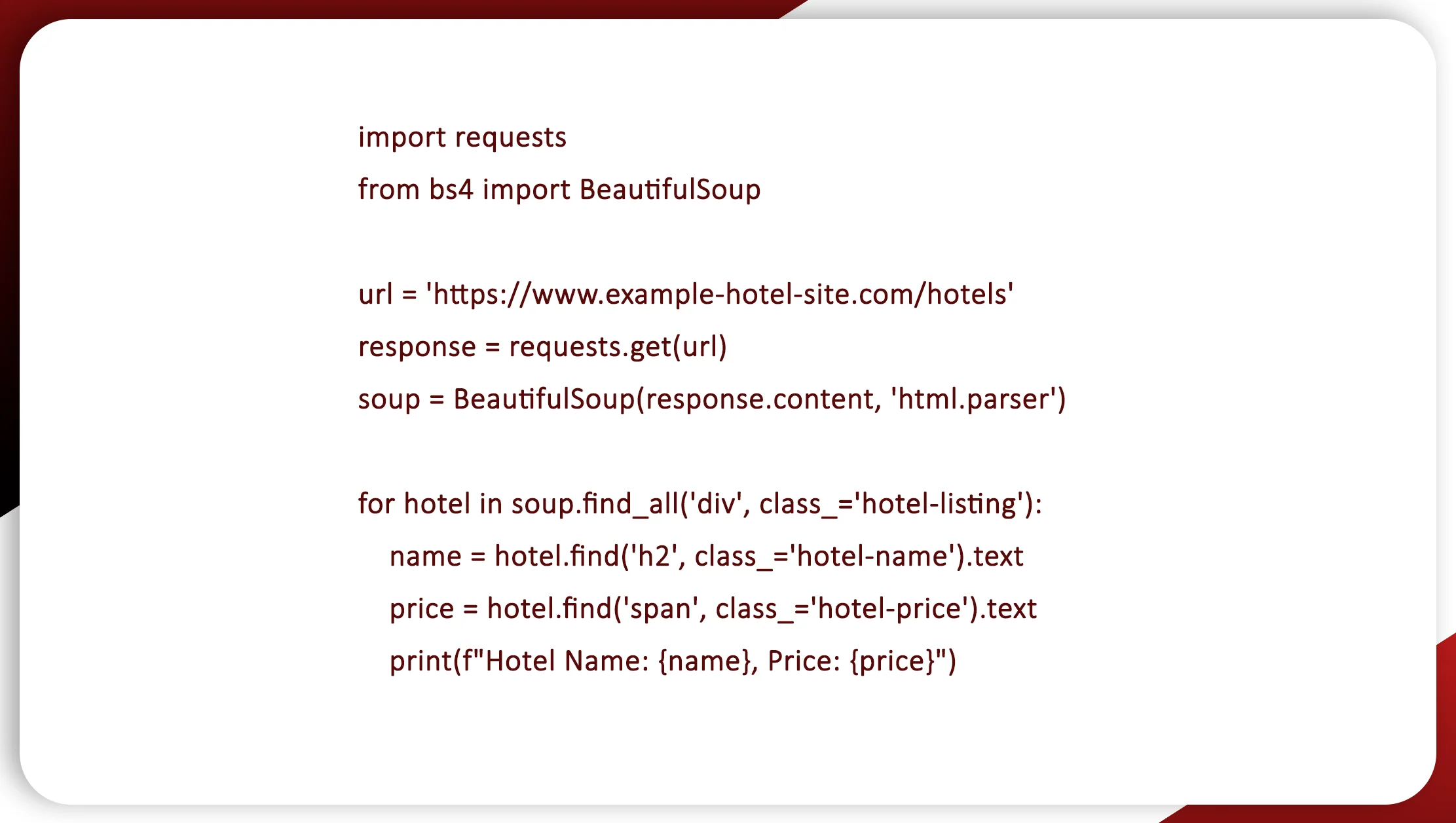
Write a script using your chosen tool (e.g., BeautifulSoup, Scrapy, Selenium) to send requests to the target URLs, parse the HTML or JSON responses, and extract the relevant data. Here's a basic example using BeautifulSoup:
5. Handle Pagination and Dynamic Content
Many websites use pagination to display large volumes of data. Implement logic to navigate through multiple pages and scrape all relevant data. For sites with dynamic content, use tools like Selenium or Puppeteer to interact with the page and load the data.
6. Store the Data
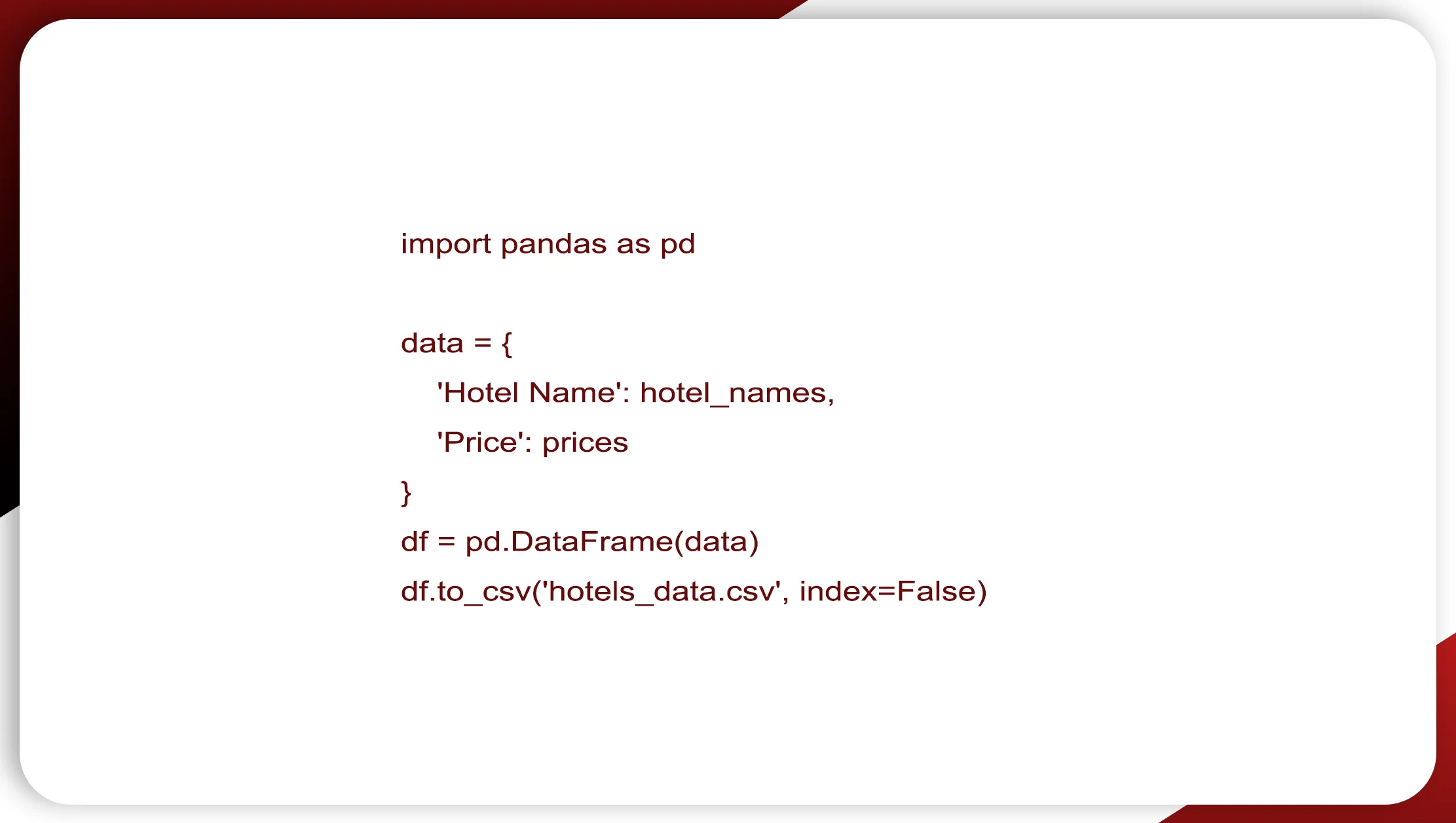
Once extracted, store the data in a structured format such as CSV, JSON, or a database. This facilitates easy access and analysis. For instance, you could use Python’s Pandas library to handle and store the data:
7. Data Cleaning and Processing
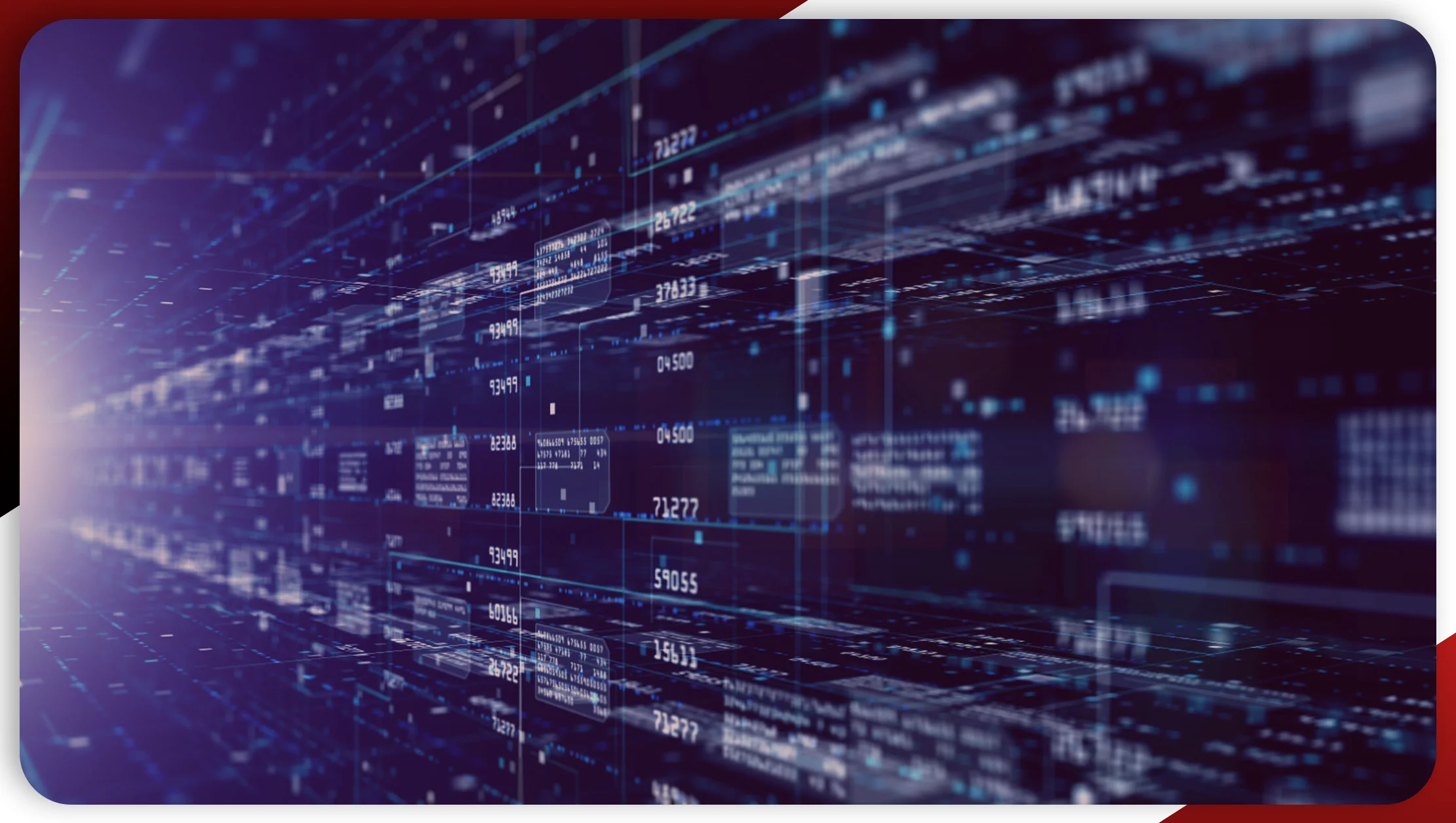
After collecting the data, clean and process it to remove duplicates, correct errors, and ensure consistency. This step is crucial for maintaining data quality and accuracy.
Challenges and Solutions in Data Scraping
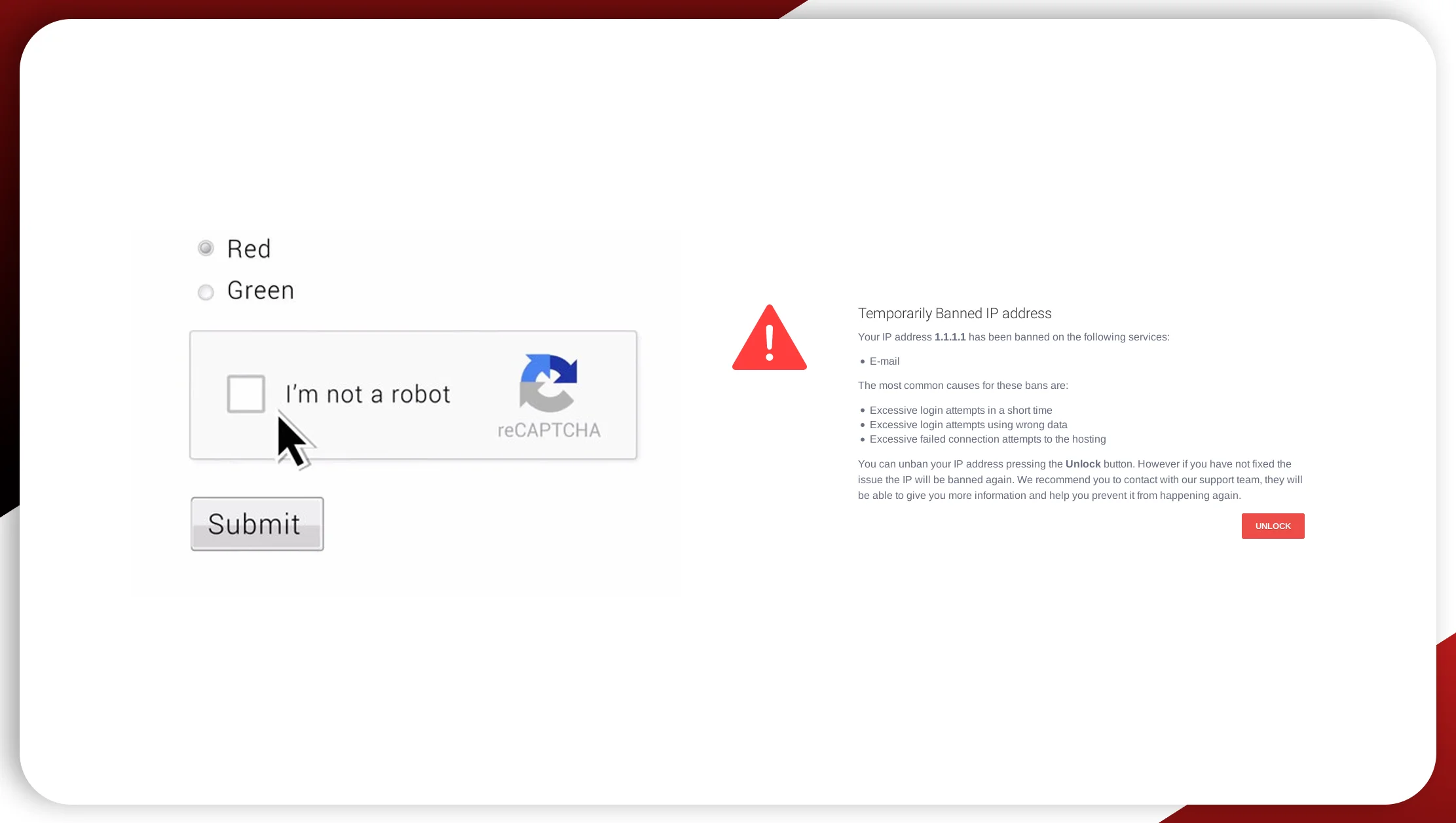
1. CAPTCHA and Anti-Scraping Measures
Websites often use CAPTCHAs and other anti-scraping technologies to prevent automated data extraction. To bypass these, consider using CAPTCHA solving services or rotating proxies.
2. IP Blocking
Frequent requests from a single IP address can lead to blocking. To avoid this, use rotating proxies or VPNs to distribute requests across multiple IP addresses.
3. Data Structuring
Data from different websites may come in varying formats. Use data cleaning and normalization techniques to standardize the data for analysis.
4. Legal and Ethical Considerations
Always comply with the terms of service of the websites you’re scraping. Ensure your activities are legal and ethical, and avoid scraping personal or sensitive information.
Use Cases for Hotel, Flight, and Travel Data Scraping
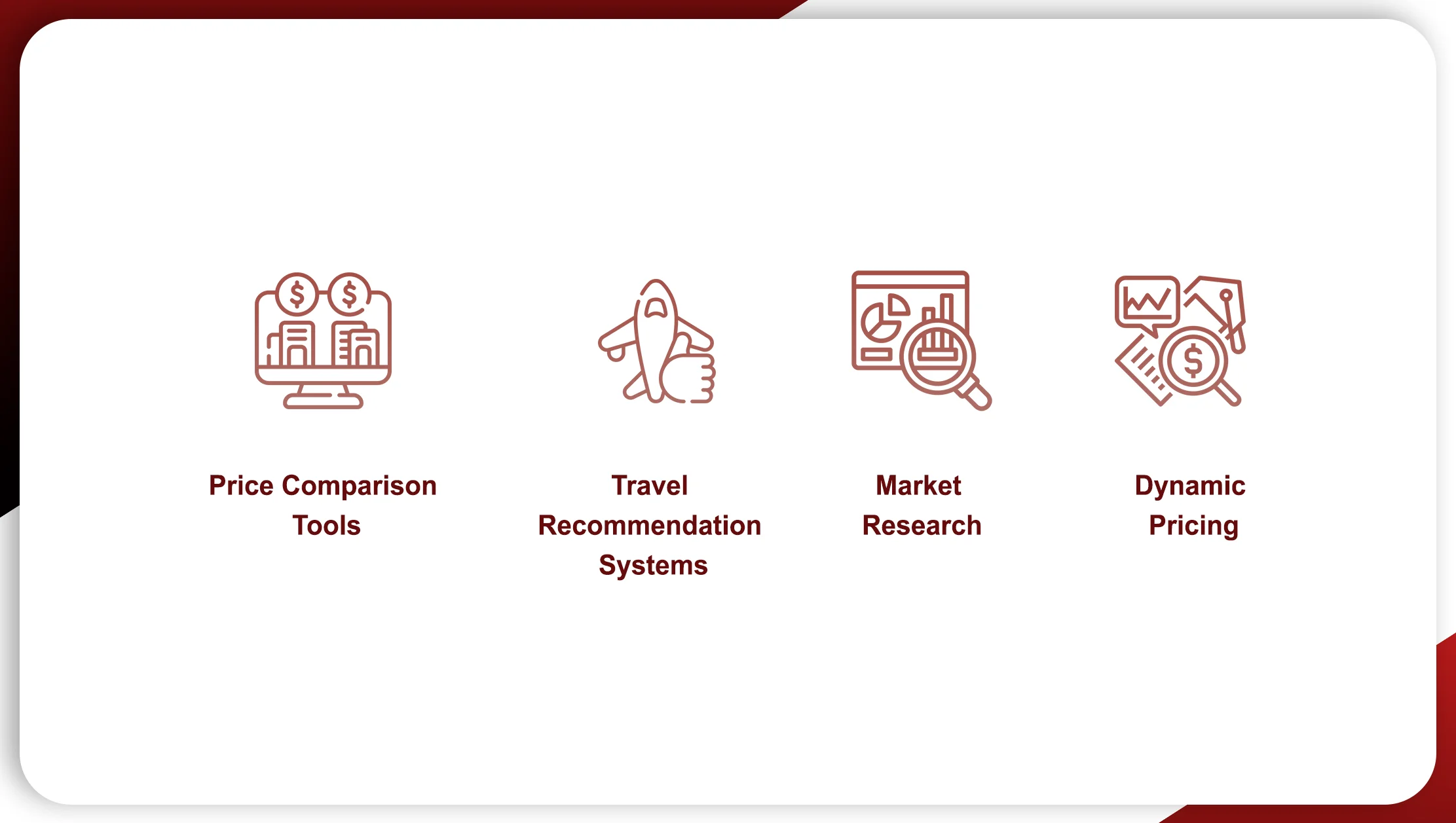
1. Price Comparison Tools
Scraping data from various sources allows businesses to build price comparison tools that help consumers find the best deals on hotels and flights.
2. Travel Recommendation Systems
By analyzing scraped data, businesses can develop recommendation systems that suggest travel destinations, hotels, and flights based on user preferences and historical data.
3. Market Research
Travel companies and market researchers use scraped data to understand market trends, customer behavior, and competitor strategies, enabling them to make informed business decisions.
4. Dynamic Pricing
Businesses can use real-time data to implement dynamic pricing strategies, adjusting prices based on demand, competition, and other factors.
Conclusion
Hotel, flight, and travel data scraping is a powerful tool that provides valuable insights into the travel and hospitality industry. By leveraging the right tools and techniques, businesses can efficiently collect and analyze data to enhance their strategies, optimize pricing, and improve customer experiences. However, it is crucial to approach web scraping with careful consideration of legal and ethical guidelines to ensure compliance and maintain data quality.
Ready to harness the power of travel data for your business? Explore our advanced scraping solutions at Real Data API to extract and analyze hotel, flight, and travel data with ease!














